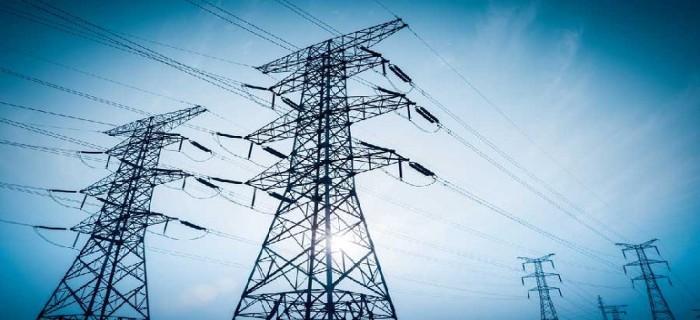
The Central Electricity Authority has revised its FY30 peak power consumption forecast downward somewhat
15 May 2023
The reassessment was seen as necessary after pandemic-related delays in some projects, India's updated nationally determined contributions under the Paris Agreement, change in the cost trajectory of battery energy storage systems, and green hydrogen production, among others.The Central Electricity Authority (CEA) has projected a peak power demand of 335 gw and 2.28 trillion units of electricity for the year 2029-30. This is slightly lower than the 340 gw peak demand anticipated by the authority in its last report in 2020. The projected peak demand for FY30 is 45% higher than the about 230 gw estimate for the current financial year.The reassessment was seen as necessary after pandemic-related delays in some projects, India's updated nationally determined contributions under the Paris Agreement, change in the cost trajectory of battery energy storage systems, and green hydrogen production, among others. An additional 16,204.5 mw of coal-based power will be required to meet the electricity demand in 2029-30 apart from the 26,900 mw currently under construction.
A renewable energy-based capacity of 180.4 gw - 145.9 gw solar and 34.5 gw wind - is estimated in the given timeline in addition to the 117 gw currently in the planning and implementation stage. An additional capacity of 389 mw of large hydro projects is also required till 2030 apart from the capacity of 11,494 mw currently under construction. The share of thermal power will reduce to 35.5% in the installed capacity in 2029-30 from 57% currently because of the projected renewable energy capacity addition. On the other hand, clean energy-based capacity in the period will increase to 62.4% as compared to 41.4% as of March 2023.
The non-fossil fuel-based capacity is likely to be at 500.6 gw, which is in line with the government's target, constituting about 64% of the total capacity mix. The battery energy storage system capacity estimate for FY30 is up to 41.65 gw from the 27 gw projected in the previous report because of the government's latest push for storage.
Dynamic Factors
The impact of electric vehicles considered in the projected peak demand in 2029-30 is 3 gw while the electricity requirement is pegged at 15 billion units in energy requirement. Energy requirement offset due to solar rooftop installation has been estimated at 34.8 billion units and that due to solar pump installation at 2.4 billion units for the timeline. Additional energy requirement on account of green hydrogen production of around 10 million tonnes, considering only 5 million tonnes load on the grid, has been estimated as 250 billion units.


 (1).gif)
leave your comment